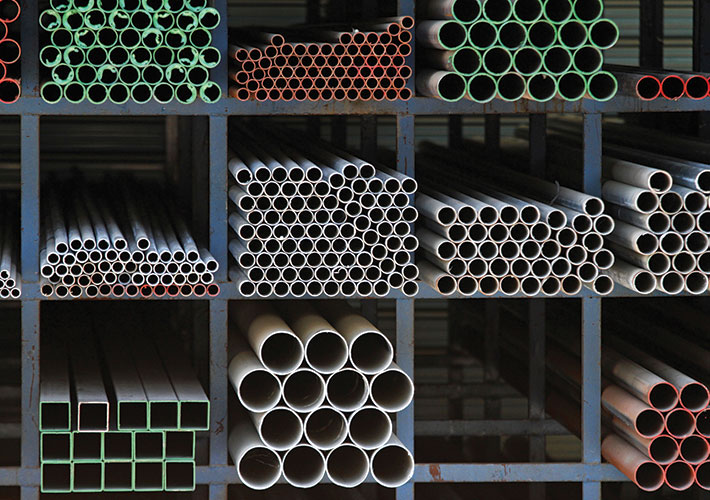
One Standard Can Help Define Your Business
How an ASTM standard was critical to the growth of an important market served by metal producer Applied Process
Since 1984, the Applied Process Companies have promoted the use of austempered ductile iron – a heat treated cast iron with exceptional strength, toughness and wear resistance. In the early days of the company, it was challenging to sell a material for which no international standard existed. There were numerous technical publications available about ADI and its promising properties written by respected researchers from around the world, but the lack of a standard from a reputable entity, like ASTM International, slowed its market potential and growth.
In 1990, the first version of the ASTM specification for ADI, A897/A897M, was published. It established the minimum mechanical properties for five grades of ADI along with descriptions of the proper microstructure to achieve these properties. By the end of the decade, the market growth for ADI started to accelerate as the material gained the attention of design engineers and end users.
Design engineers, by nature, are very conservative. They require a credible source that specifies the mechanical performance to be expected from any material in order to give it due consideration for a specific application. One of the first questions most often asked by a design engineer when being introduced to a "new" material is, "Where is the specification?" So the development of an ASTM standard for ADI was a clear message to design engineers (and end users) that this wasn't a specialty item produced by limited sources, but rather a material that had been vetted by industry stakeholders.
A standard was also necessary so that heat treaters like Applied Process have guidance in order to successfully produce the required end product. In the world of heat treating cast iron, getting the end product right requires a thermal process that produces the correct microstructure, as it is the final microstructure that will determine the mechanical performance of a component. If the microstructure is incorrect, then the component will not perform as designed and, in the worst case scenario, may result in a catastrophic failure with a potential loss of life.
In the early years of ADI development, and before an ASTM standard existed, minimum property ranges varied depending on the heat treater, the original equipment manufacturer and other variables. Industry stakeholders couldn't agree on what to call the microstructure. Presenting a paper at a technical conference could be a daunting experience because the experts in the room couldn't seem to come to agreement on so many critical issues.
Through the development of ASTM A897, industry stakeholders had finally agreed on minimum properties for five grades of ADI and on what to call the microstructure – ausferrite. If this standard didn't exist, ADI might still be a material undergoing intense discussions in the academic world with limited application in the practical world.
As both the metal casting and heat treating industries continue to adopt and improve new technologies, ASTM will continue to play an important role in setting the standards for what design engineers and end users can expect from austempered ductile iron. ADI and variations of the original five grades continue to spur research activities. In the future, these new developments will have to be vetted by industry and academia for consideration to include in the current ASTM standard. The staff of Applied Process is looking forward to continuing to participate in this exciting process.
Kathy Hayrynen is the director of research and development at the Technologies Division of Applied Process, Inc. She has been an active committee member of ASTM Committee A04 on Iron Castings for most of her industry career.
Company Snapshot
Applied Process Inc., Livonia, Michigan
- Commercial heat treater specializing in the austempering process
- www.appliedprocess.com
- Market: North America with technical licensees
- in Europe and Asia
- Number of Staff: 87
Market Sectors that use ADI
- Automotive
- Agriculture
- Construction
- Heavy Truck
- Mining
- Railroad
The Impact of a Standard
- Estimated ADI Volumes in North America before ASTM A897/897M: <8,000 tons
- Estimated Present-Day Volumes in North America: >250,000 tons
 SN Home
SN Home Archive
Archive Advertisers
Advertisers Masthead
Masthead RateCard
RateCard Subscribe
Subscribe Email Editor
Email Editor